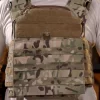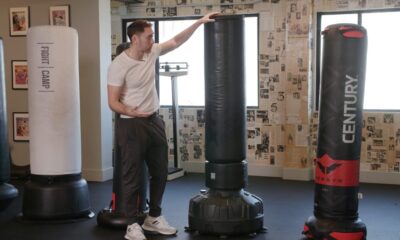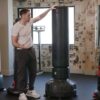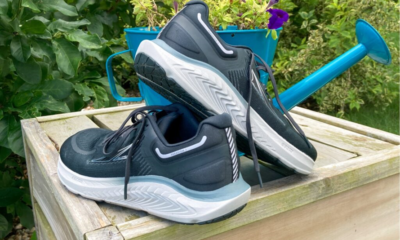Sports
Everything You Should Pack for a Camping Trip to Stay Safe and Comfortable
Camping is a wonderful way to spend time outdoors with family and friends, or even by yourself. Many state and national parks, as well as private campsites, can provide you with many opportunities for a weekend getaway. But, how you pack for this camping trip may have a big impact on your comfort and ability to get the most out of this outdoor experience.
Camping Tent
The 3-season tents are by far the most common type of tents. They are lightweight shelters built for the comparatively moderate temperatures of spring, summer, and fall. They are outfitted with a lot of mesh panels to help with air movement. They can endure downpours when properly erected with a taut rainfly, but they are not the greatest choice for prolonged exposure to hard storms or heavy snow.
Extended-season (3+ season) tents are designed for extended 3-season use, making them ideal for summer travels as well as journeys in early spring and late fall when mild snow may be encountered. Their purpose is to provide a balance of ventilation, strength, and heat retention.
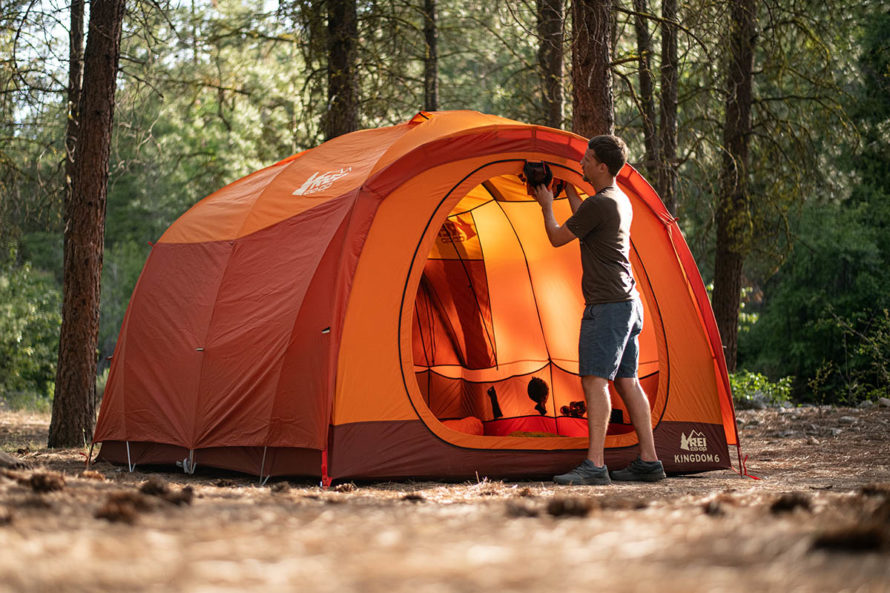
They often have one or two extra poles and fewer mesh panels than pure 3-season variants. This makes them stronger and warmer than their 3-season counterparts. Extended-season tents are an excellent alternative for folks who often travel to exposed, high-elevation locations. While they are fairly strong, they are not as well-equipped for hard winter weather as 4-season tents.
Four season or mountaineering tents are designed to endure strong winds and heavy snow loads and may be used in any season. Their primary job, however, is to remain steadfast in the face of very hostile weather, particularly in the winter or above treeline. They have more poles and utilize thicker materials than the 3-season alternative.
Their spherical dome shapes remove the need for flat roof regions where snow might accumulate. They provide a few mesh panels as well as rain flies that extend near the ground. This restricts airflow and can make them seem stuffy and heated in warm weather.
Sleeping Mats
A sleeping mat is almost as crucial as a sleeping bag because it is what keeps you warm from the chilly ground. When you lie in your sleeping bag, the insulation compresses, rendering it useless at keeping warm air because the majority of it is pushed out. There is nothing that can keep the warmth from escaping to the earth via conduction. There are occasions when you just can’t avoid being uncomfortable, but when you’re not bivvying on a ledge, a good sleeping pad is a must-have piece of gear.
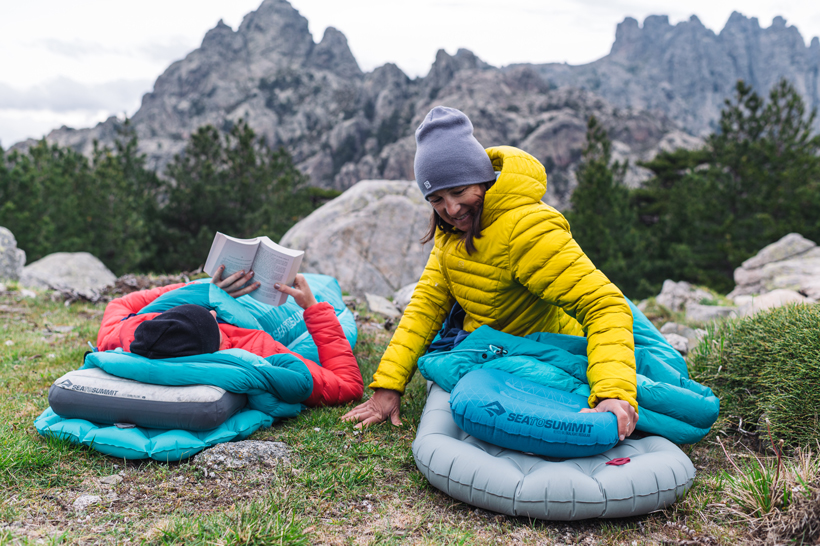
Made up internally of foam packed inside an airtight shell, the self inflating camping mat is the most popular choice among campers. Self-inflating mats function by absorbing air when the valve is open, causing the foam to expand. They are made internally of foam packed inside an airtight shell. They are compressible due to the type of foam, making them simpler for storage and more comfortable than closed-cell foam mats.
The amount of foam utilized inside the mat determines the level of comfort and insulation provided, which typically results in a trade-off with weight and expense. Due to its lightweight but compressible nature, self-inflating mats are possibly the most popular among campers.
Closed-cell foam mats are lightweight but take up more space, provide insulation through closed air pockets inside the foam. These trap air within the foam and keep you warm against the cold ground. These foam mats will not bend since they are built of closed air cells, and as a result, they are significantly tougher and perhaps more uncomfortable to use.
Sleeping Bag
Once you’ve found your ideal self inflating camping mat, it’s time to look for the ideal sleeping bag. For start, it should be able to engulf you in a cocoon of warmth and comfort, allowing your body to heal and prepare for the next day. However, deciding on a sleeping bag might be difficult, and that’s why it is best to follow a camping sleeping bag buying guide.

There are two forms of insulation in sleeping bags: down and synthetic. Down sleeping bags are said to have a longer lifespan and an outstanding warmth-to-weight ratio, making them perfect for when the lightest and smallest pack size is necessary. Down, on the other hand, is costlier and requires a bit more care.
Synthetic sleeping bags don’t need much maintenance, but their warmth-to-weight ratio isn’t as excellent as down’s and they don’t travel as light. However, they retain the majority of their insulating characteristics even when wet. Synthetic sleeping bags are a very long-lasting and efficient alternative. Furthermore, as technology advances, their warmth and corresponding pack size approach those of down sleeping bags.
Pillows
We’ve covered most of the camping necessities needed for a good night’s sleep, but one of the most neglected elements is whether or not you use a camping pillow. Just as a self inflating camping mat is essential for comfort, the right pillow can provide the support you require to catch the z’s. What you need is a lightweight, compact, water-resistant, and simple-to-clean design that is intended for use when camping.
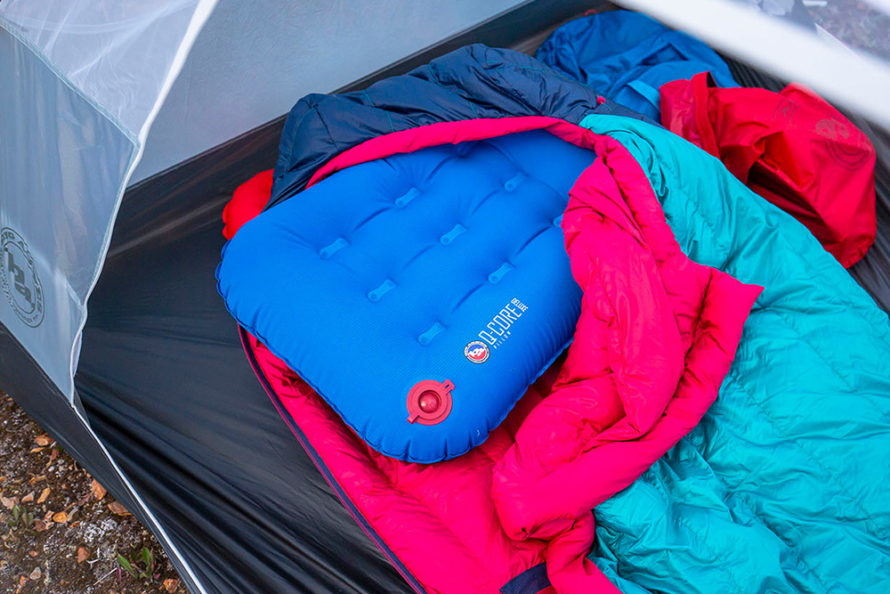
The majority of these pillows also have a machine-washable outer covering that can be removed. Some pillows have a layer of insulation to keep your head warm when sleeping in chilly weather and many include built-in straps on the bottom to keep the cushion from sliding around on your slick sleeping bag or sleeping pad as you sleep.
Lighting Gear
Sleeping under the stars is one of the nicest parts of camping in the vast outdoors. However, the night’s sky only provides so much lighting, and the wide outdoors can be very dark, especially if you’re trying to find your way back to the tent after going to the loo. As a result, every camper needs a strong, portable light source.
Camping lights have come a long way since the days of the outdated, and potentially hazardous gas lanterns. There are several options for lighting up your campsite at night, ranging from head torches to LED flashlights. A torch is a must-have for any camping trip: it’s portable, long-lasting, and some kinds are even water-resistant. Torches readily outperform the competition when it comes to aiming a light beam with accuracy and dexterity since they are lightweight and simple to aim.
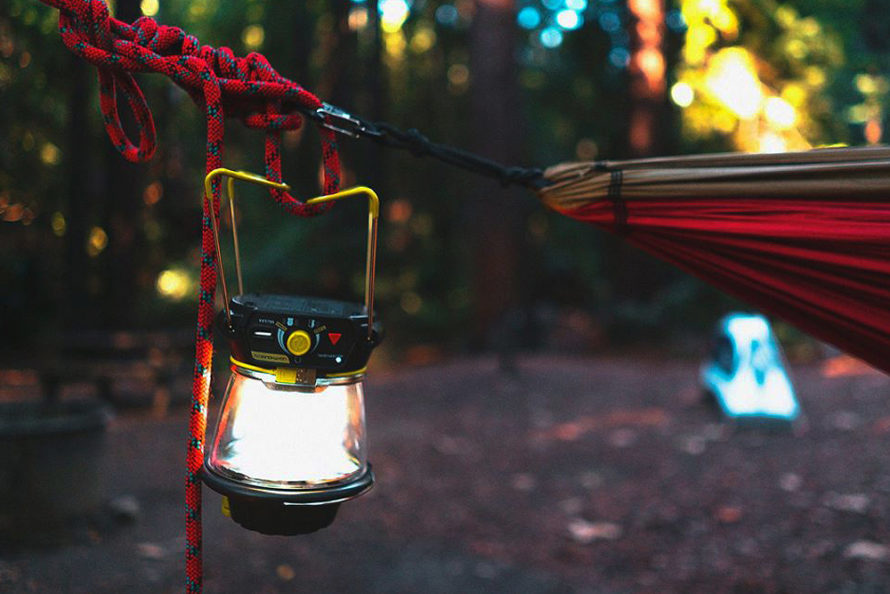
On the other hand, headlamps free up both of your hands, allowing you to conveniently conduct a variety of camping duties in the dark. Consider adjustable types that allow you to spread the beam into a flood, as well as the comfort of the headband for long hours of usage. And if you want to light up your entire tent, you can’t go wrong with a traditional-style lantern. Lanterns provide a 360-degree flood of light, and most have a built-in hook or handle that allows you to hang them from the roof of your tent.




